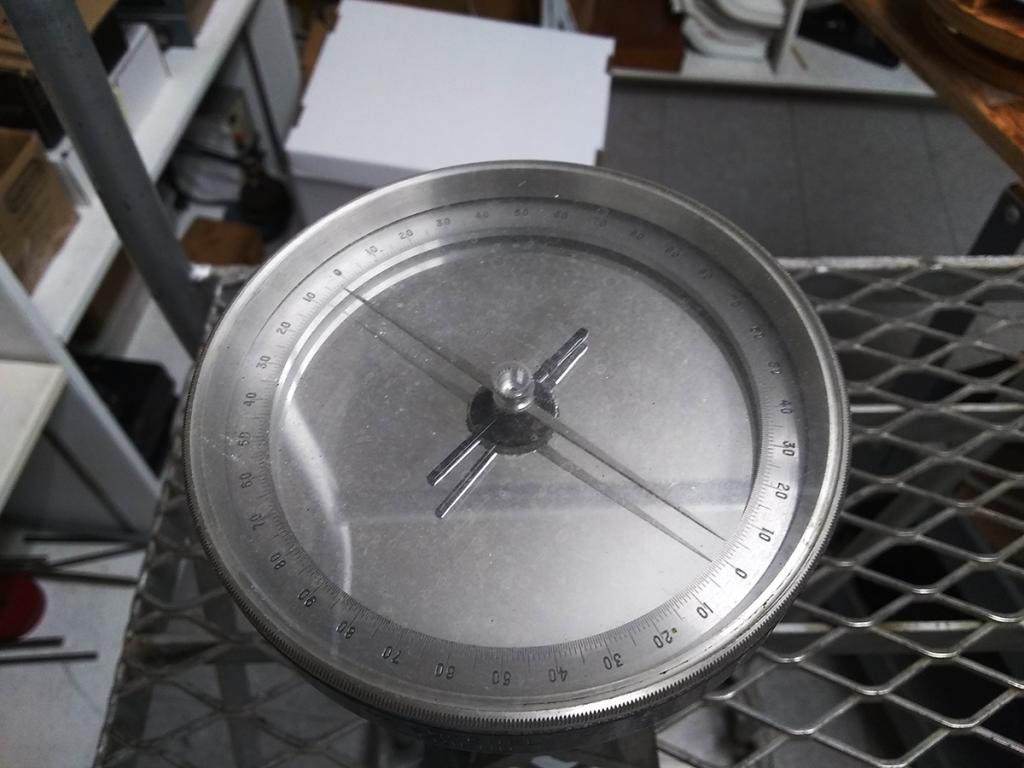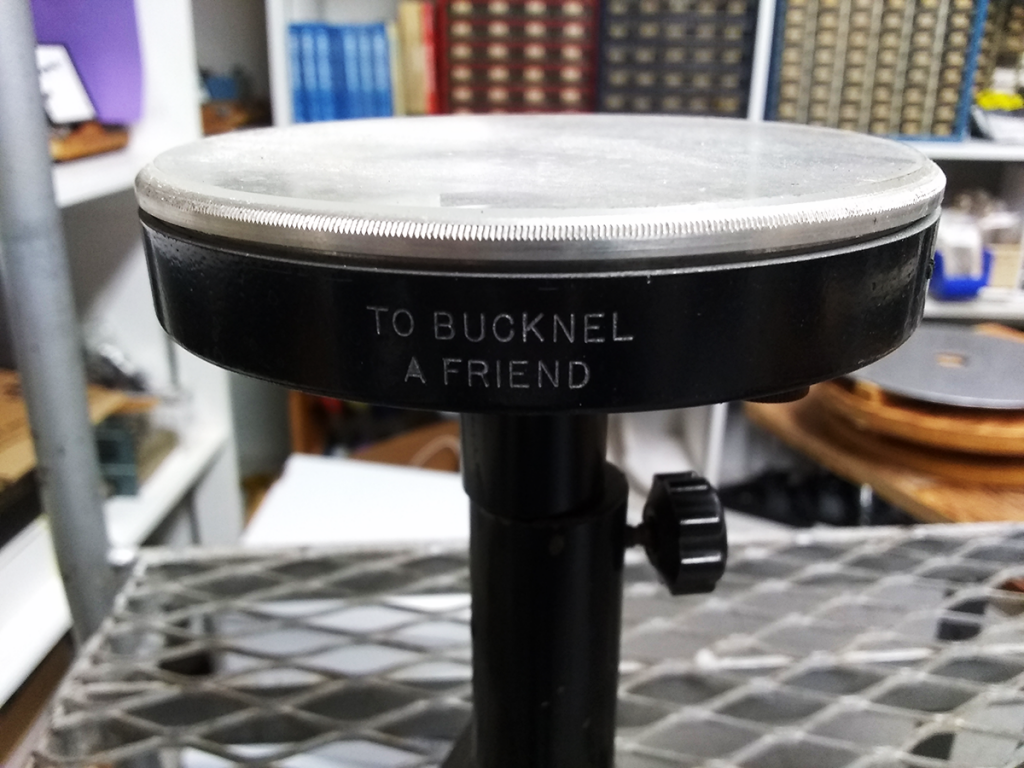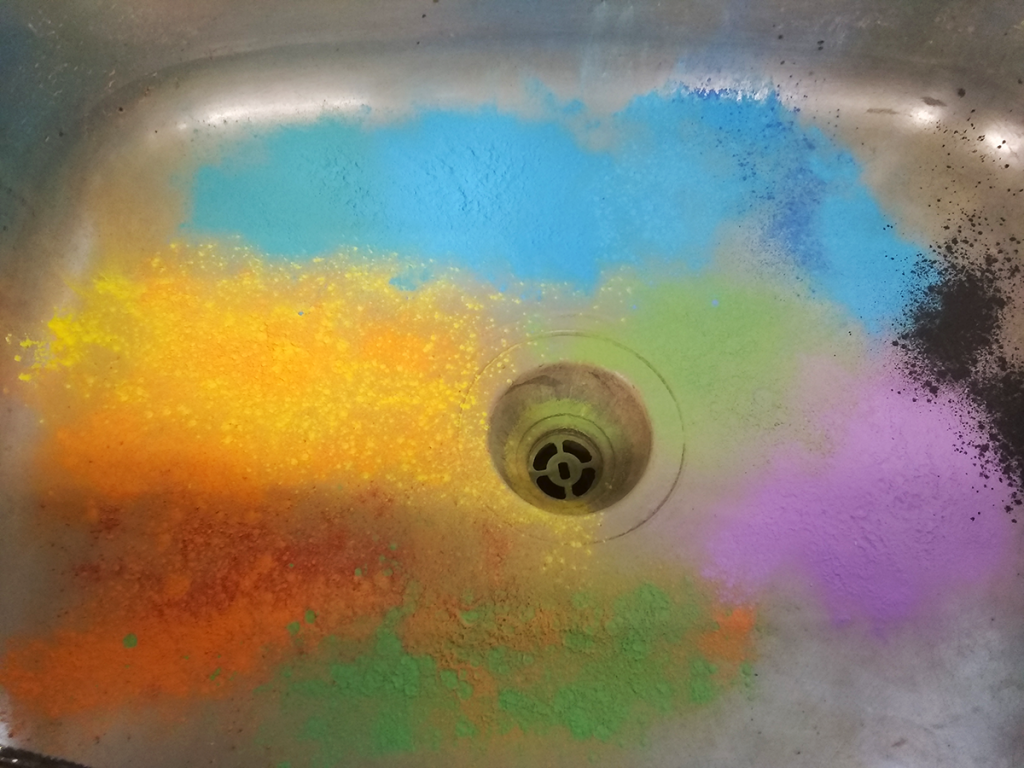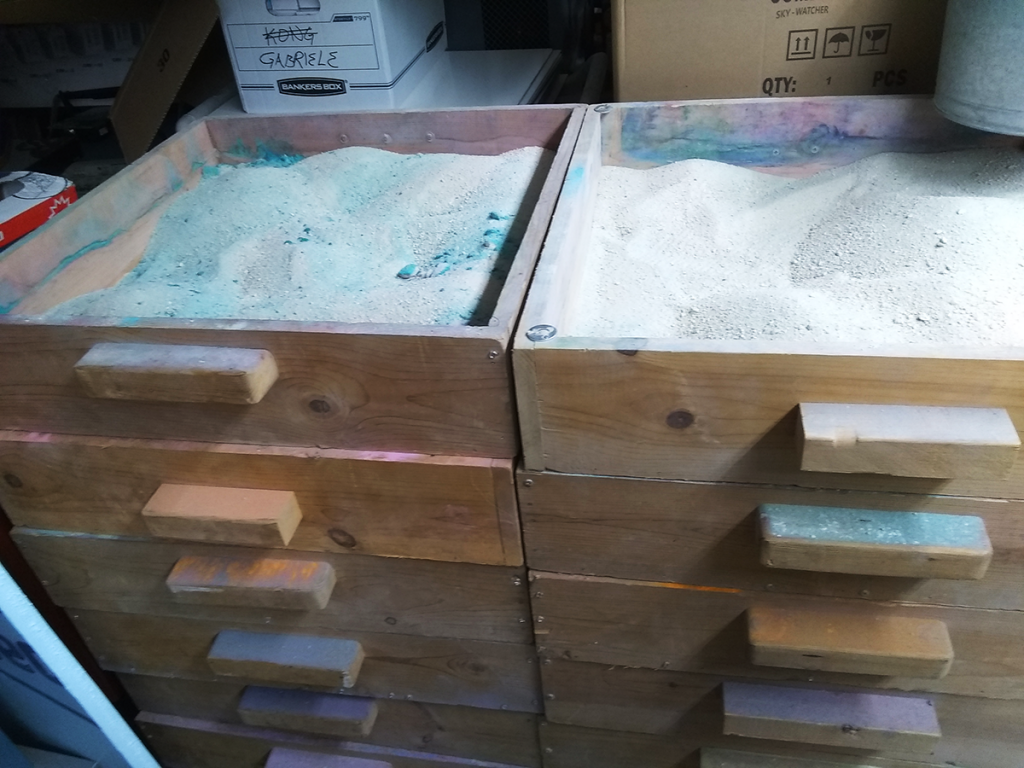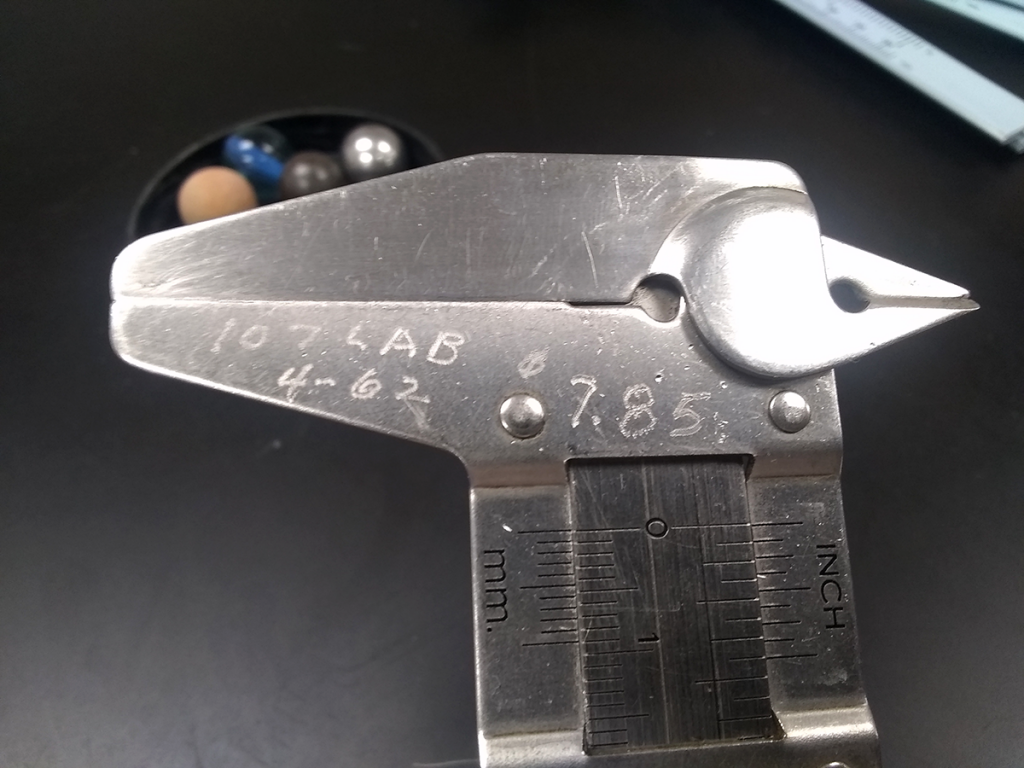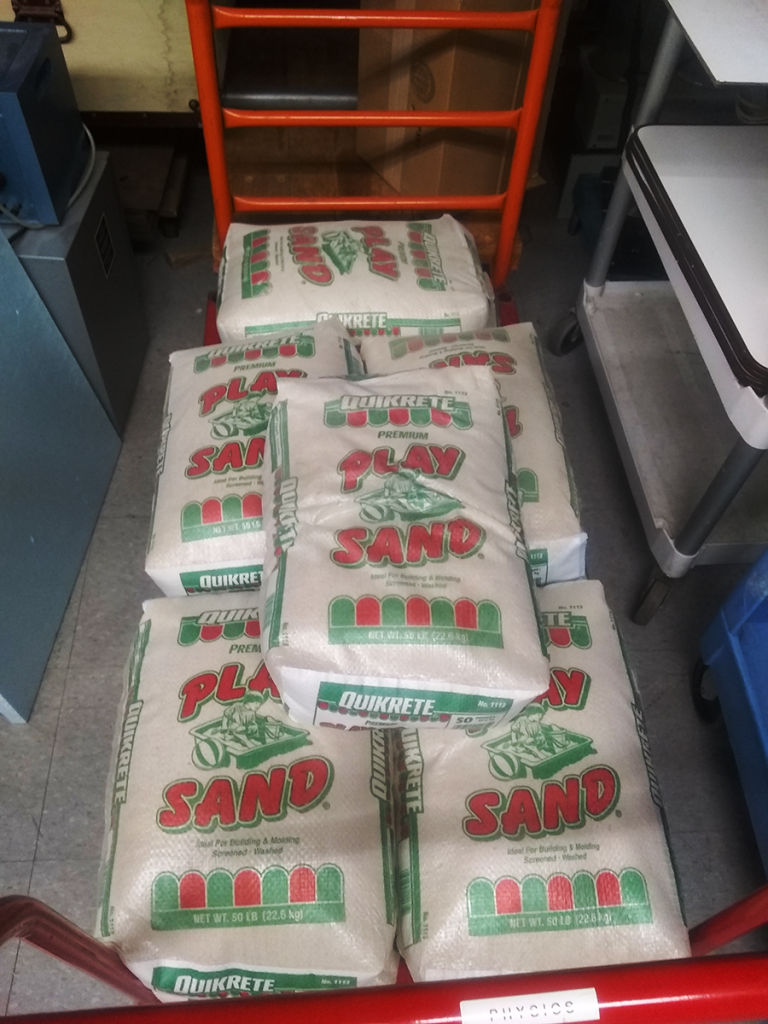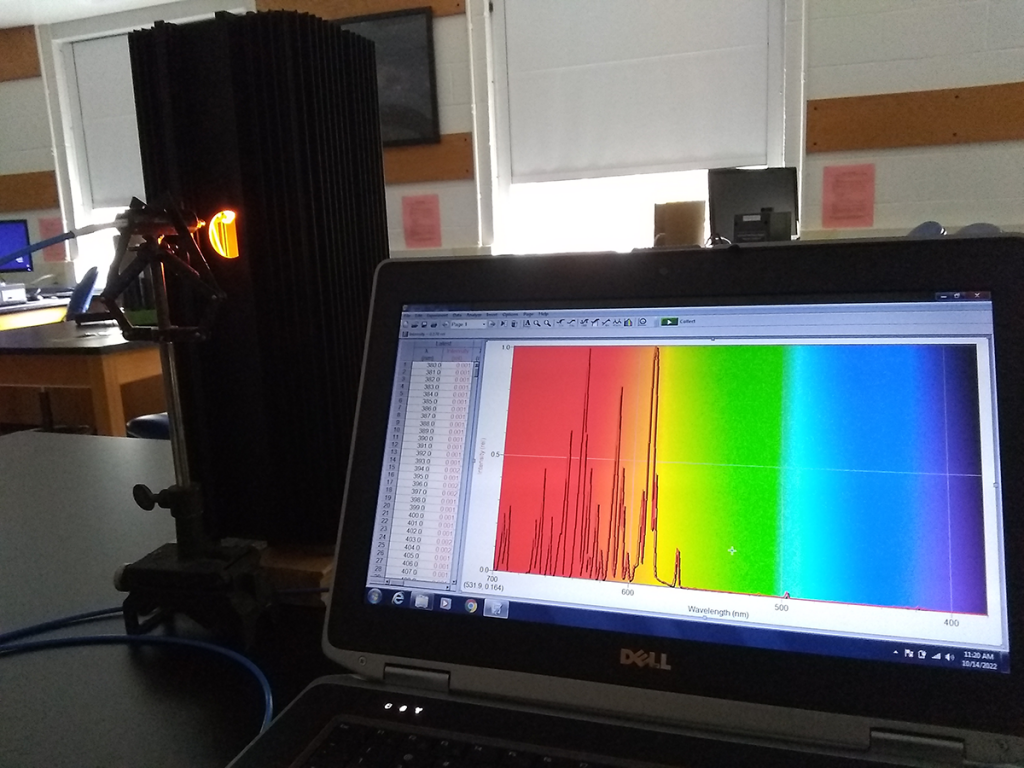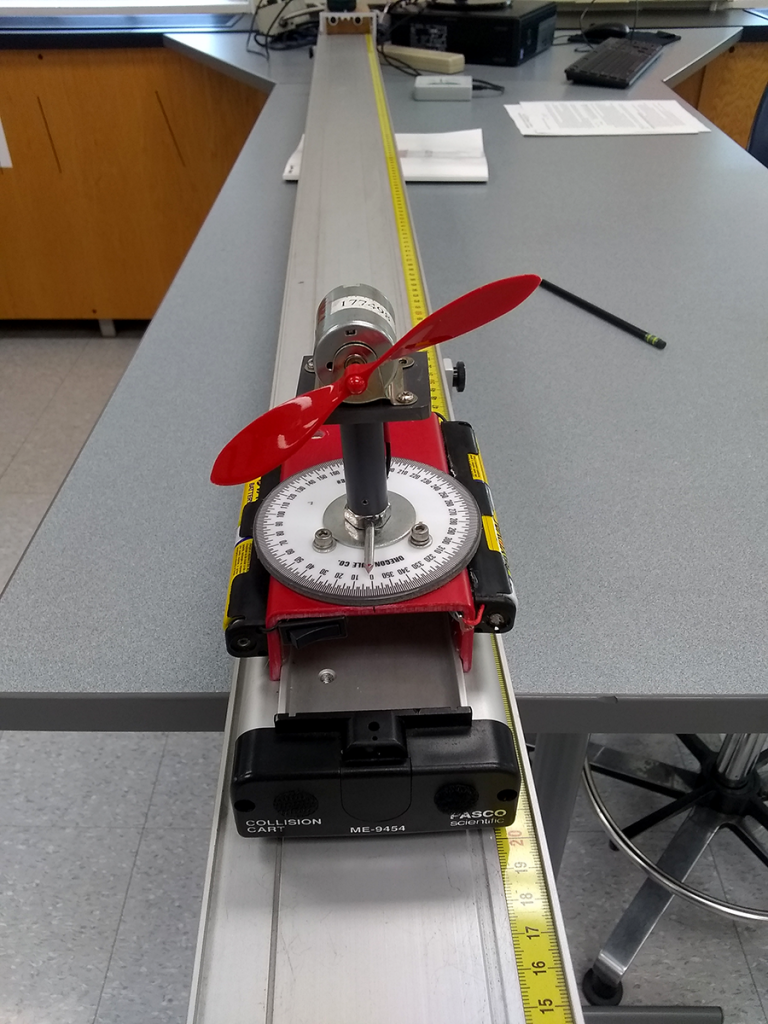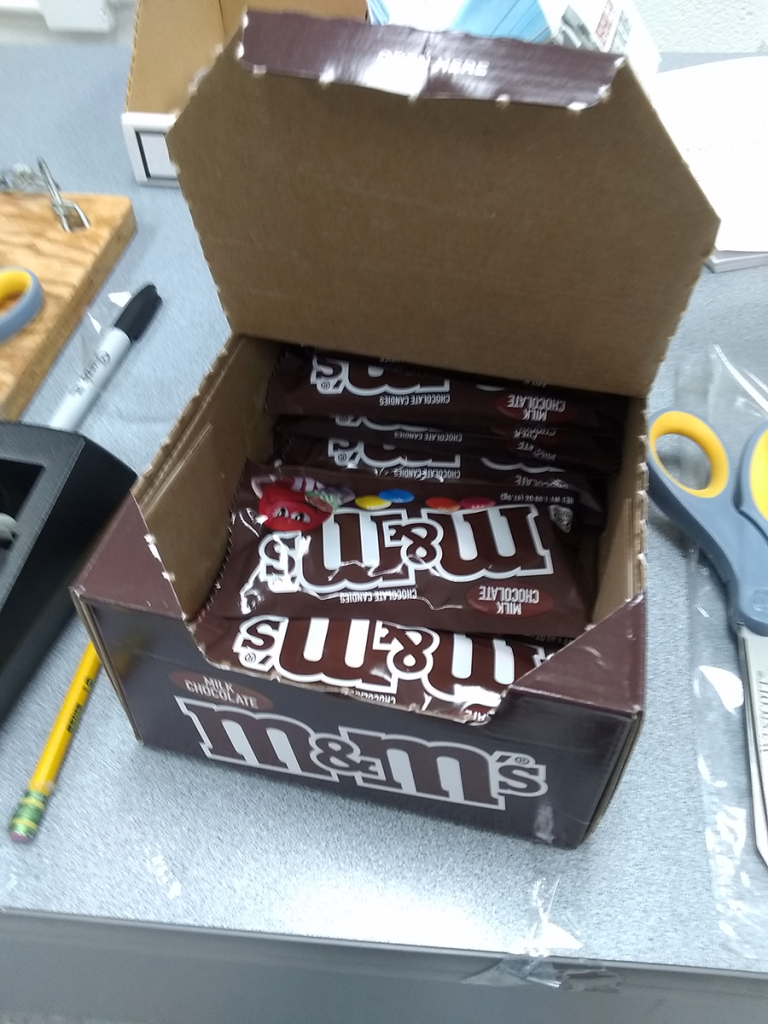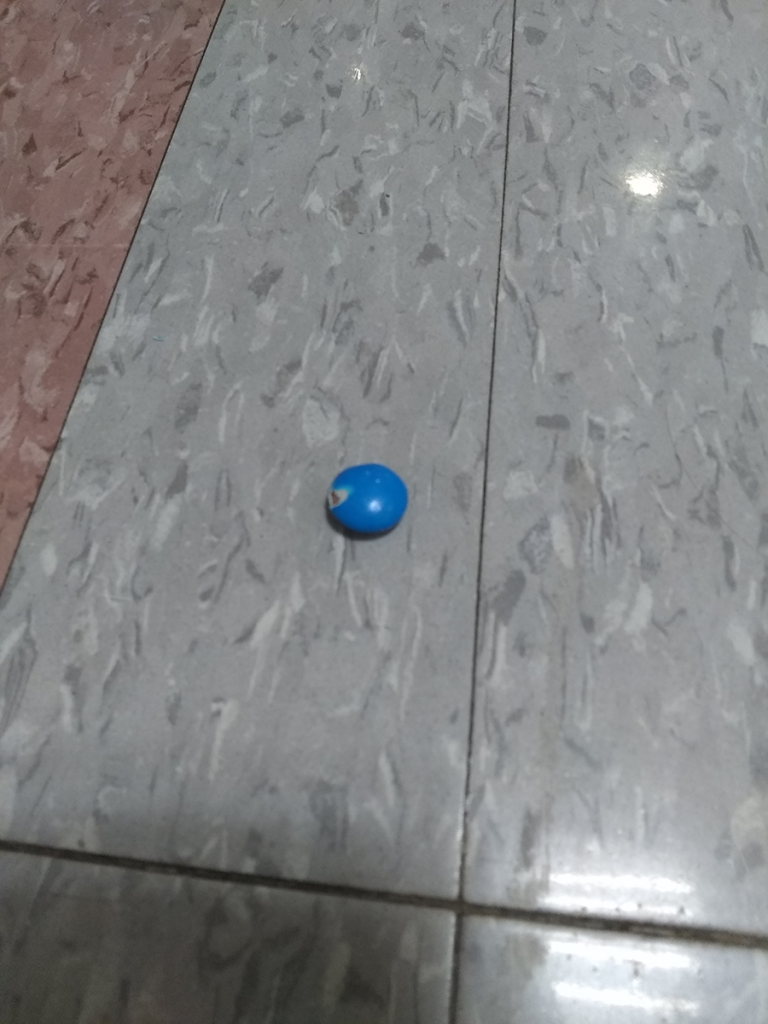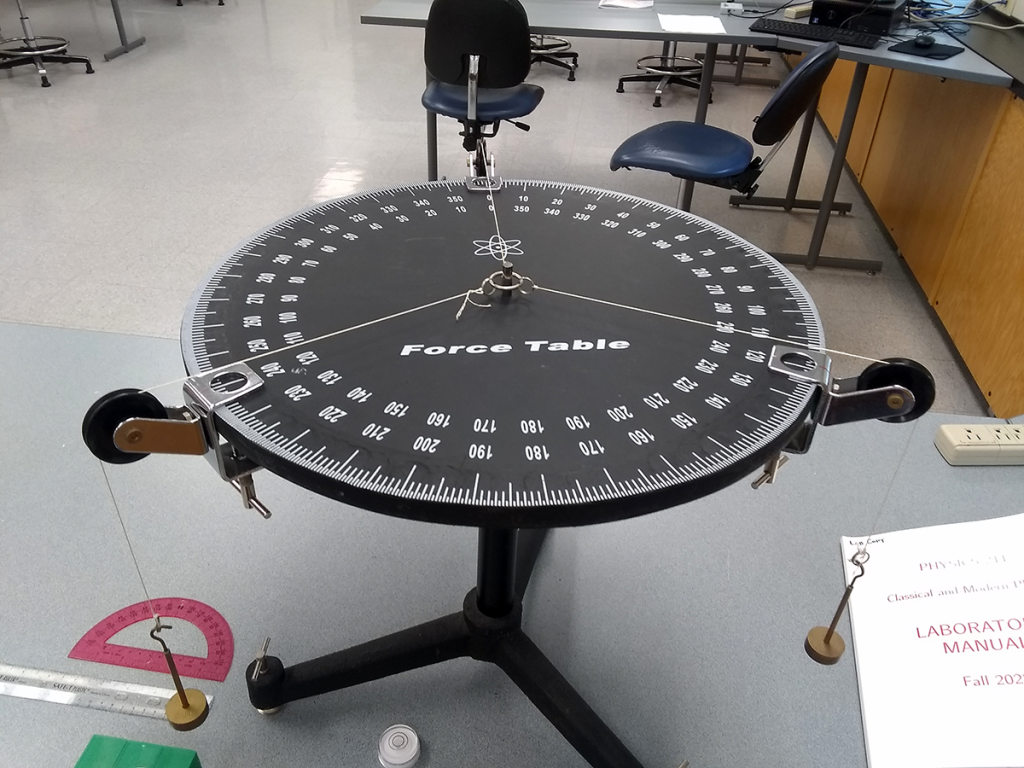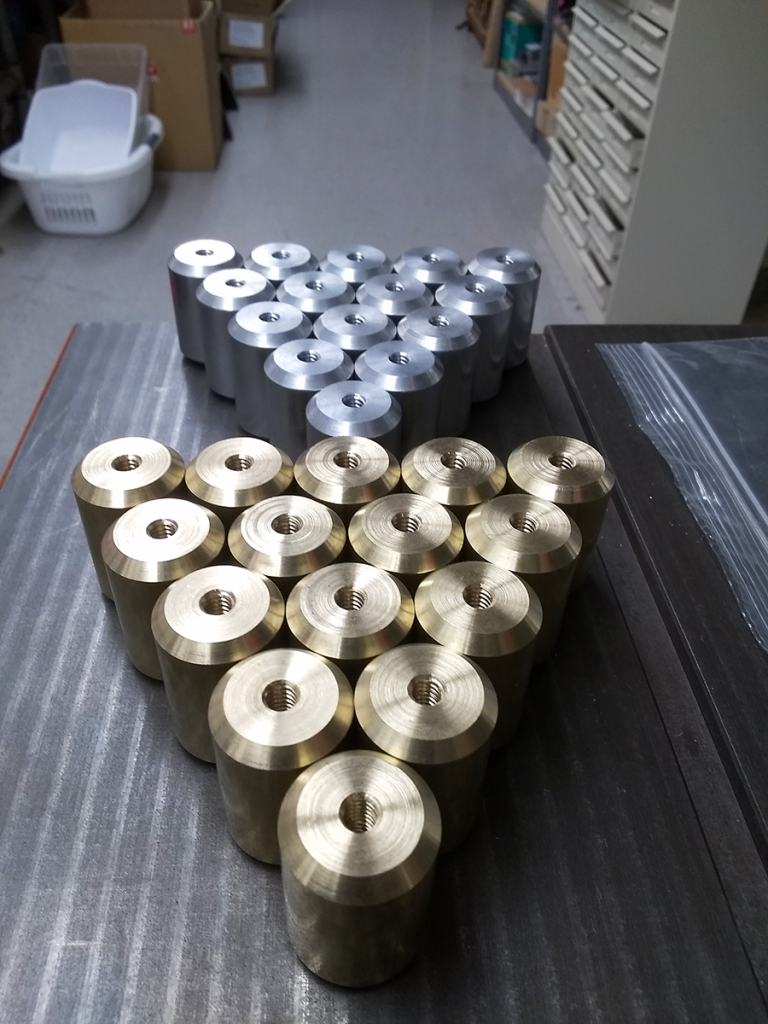
Does the mass of a simple pendulum affect its period of oscillation? The small-angle formula doesn’t include mass, just the length from the pivot to the center of mass and g, the gravitational constant. It’s an approximation that’s pretty good for angles up to 15-20°, and after that it’s into introductory differential equations. Which still don’t use the mass, as it cancels out when applying Newtonian mechanics.
That, however, is for an ideal pendulum, with a massless string and point mass bob in a system without friction and other losses. We’re all out of massless string at the moment, and those point masses are proving elusive. And as neat as it might be to swing a pendulum in a vacuum, the setup sounds like a real challenge.
On top of that, it’s an interesting question that’s really addressing a student’s understanding of measurement and uncertainty. Equations and models illustrate principles, and sometimes do an excellent job of making sense of the world. It’s just that the real world is messier, and wading into that mess – even a little bit – can be enlightening.
Two new pendulum masses, machined to the same dimensions, or close enough that you won’t notice without accurate calipers. Threaded to screw on and off. Aluminum (2.7 g/cm³), checking in slightly under 50 grams each. Brass (8.7 g/cm³), a little over three times the mass, a shade above 150 grams apiece. If we can work with the material, we could make more from anything available.
Lightweight plastics, like Delrin acetal (1.4 g/cm³)? Sure. Denser stuff, like lead (11.3 g/cm³)? Not impossible, but okay, well, no. Even denser? Tungsten, gold, and depleted uranium are all in the 19 g/cm³ range. McMaster-Carr has a range of tungsten alloy rods in stock! (For a small fortune.)
For now, though, it’s two masses, a string, and a stopwatch. Real physics in action.
